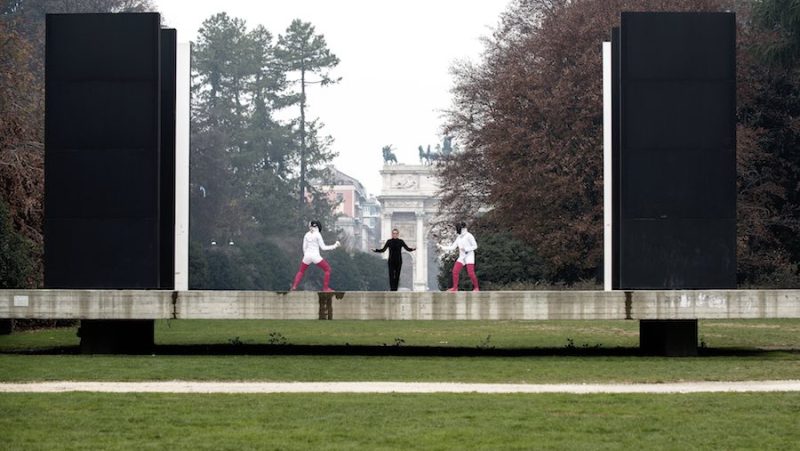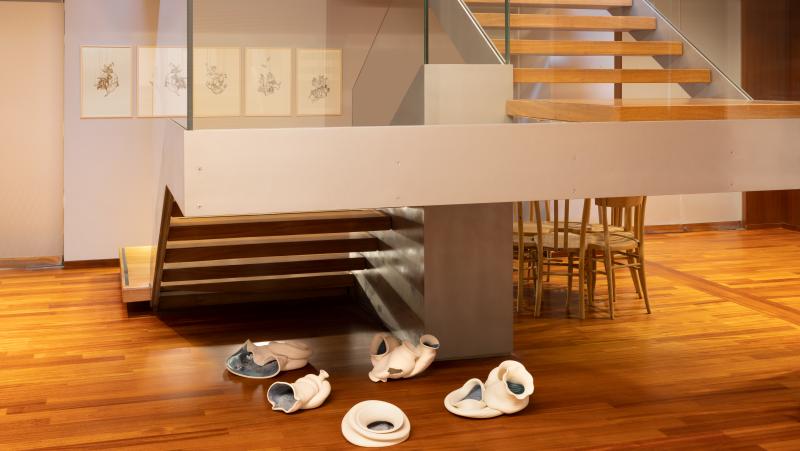nctm e l’arte will host Ludovica Lumer, a scholar of Neuro-aesthetics at the Department of Anatomy and Developmental Biology at University College London
Ludovica will speak, among other things, of La bella e la bestia, her latest book, which represents a reinterpretation of contemporary art from the perspective of the human nervous system.
Spectacular advances over the past twenty years have made it easier to study the activity of the human brain. With this has come a radical departure in the scientific questions asked about the brain and indeed in our view of its functioning. We have come to understand that the brain is not a passive chronicler of what happens in the external world but an active participant in combining physical reality with genetic and epigenetic determinants of brain function to create the world that we experience. At the same time, questions that once seemed too remote have started to receive answers from neuroscientific enquiries, for instance concerning the neural correlates of love, desire and beauty, or the neural determinants of identity, empathy and social interactions. In addressing such questions, neuroesthetics has evolved as an important methodological tool and has come to play an important role in the study of how the brain actively constructs our experience of the world and of our inner state of being Initial forays in neuroaesthetics took inspiration from classical art, in particular from the impressionists and early twenty century artists such as Mondrian, to design new experimental paradigms addressing questions related to the constancy of colour and object perception. More recently, neuroaesthetics has connected with contemporary art to provide a guiding framework within which to study the neural basis of experience in all its complexity. The constant change that drives us and the world surrounding us has shaped our nervous system in such a way that, through art, it is able to extract a kind of stability from what is not stable.
We will explore together how the search, perhaps unattainable, for this stability has pushed the human brain, since the origins of history, towards artistic creation, becoming the very protagonist of contemporary art.


